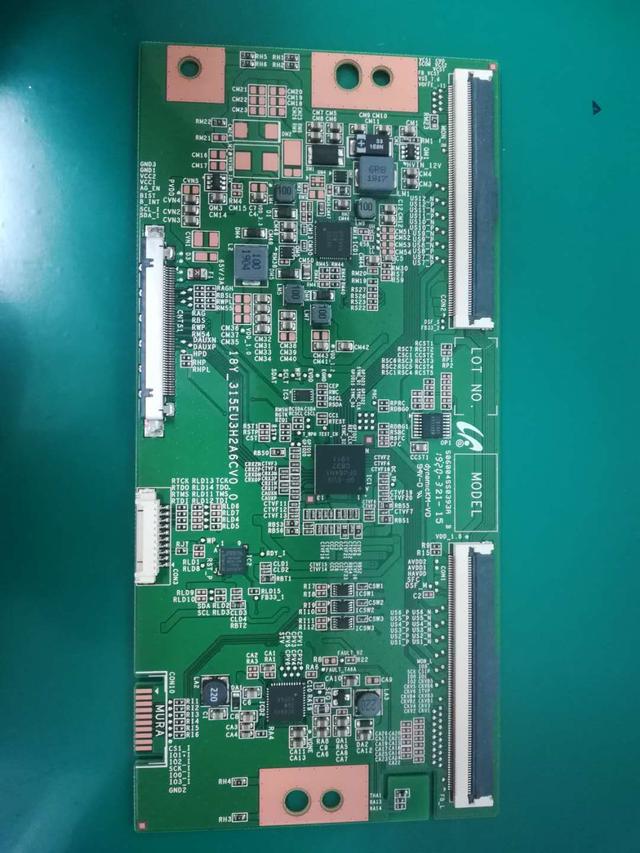With the development trend of miniaturization and thinning of electronic products, many circuit boards in electronic products now use SMT manufacturing technology ( surface mount technology), that is, all electronic components are soldered on the surface of teh circuit board. There is no need to insert it from the via reserved on the circuit board as before, and then solder from the bottom side.
Obviously, SMT technology can make the circuit board production process more automated and faster, reducing human intervention. Compared with the previous plug-ins, the components used in this technology have the advantages of smaller volume, lighter and thinner, and stronger reliability.
An SMT production line includes the following main parts: Printing machine, SMT machine, reflow oven, cooling equipment, and some auxiliary optical inspection equipment, cleaning equipment, drying equipment and material storage equipment.
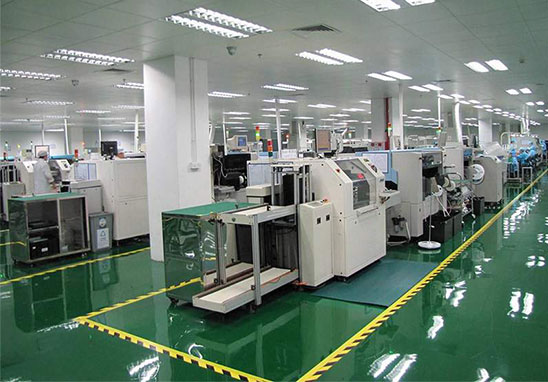
Let's take a look at how a circuit board is produced by using SMT technology:
First, produce the electronic material list of the circuit board according to the needs, prepare the electronic components that need to be used, and install them on the SMT machine. The installation method is to install the materials on the feeder, and then insert the feeder into the patch; The corresponding area of the machine, the material of which material number is placed in which area is fixed, this is already set by the technicians before the production. The prepared materials are waiting for the boards flowing down the assembly line.

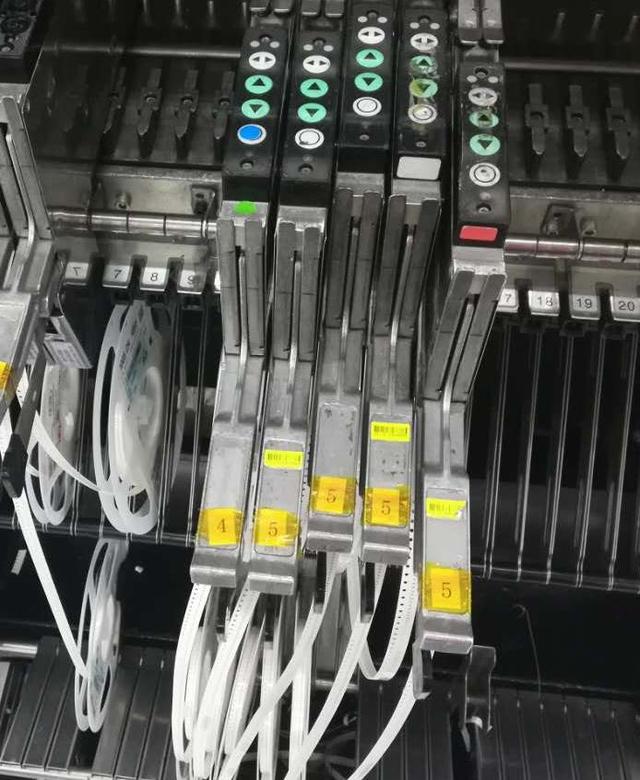
Such a circuit board that we lead out, we call this kind of board without parts as PCB bare board. The PCB needs to be manually attached to a pallet by an employee. Each pallet has several PCB boards which mainly depends on the size of the board.
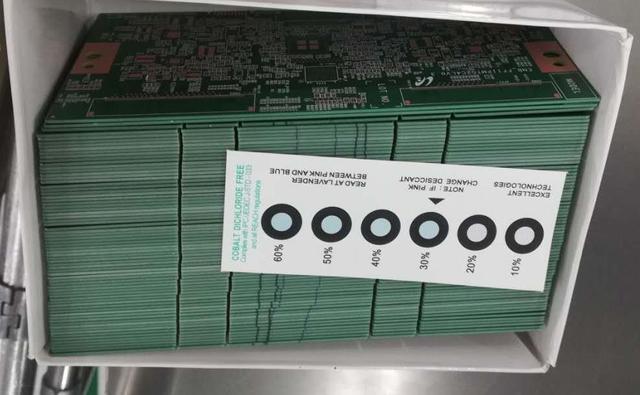
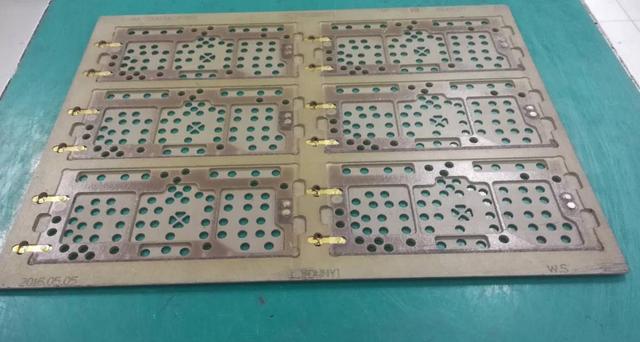
The pallet loaded with the PCB board is made of a high temperature resistant material. This board will be loaded with the PCB board to complete the entire production process, and then the staff at the end of the assembly line will remove the PCB board with the installed parts, and the empty pallet will return to the end and reload the PCB.
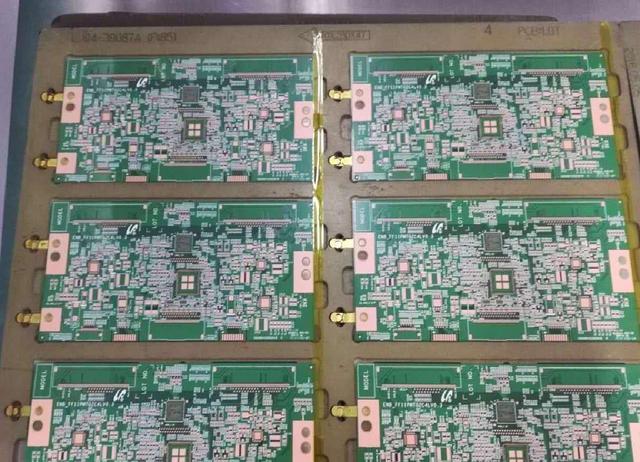
The first battle of the production line is to tin these PCB boards, which is to cover the top of these boards with stencils. The stencils are opened with small holes. These small holes are facing the PCB board where components need to be installed. This place is called pads, the solder joint between the component and the PCB that is controlled by a machine to brush the entire stencil evenly. At this time, the position of the pads on the PCB will be covered with solder paste with the thickness of the stencil.
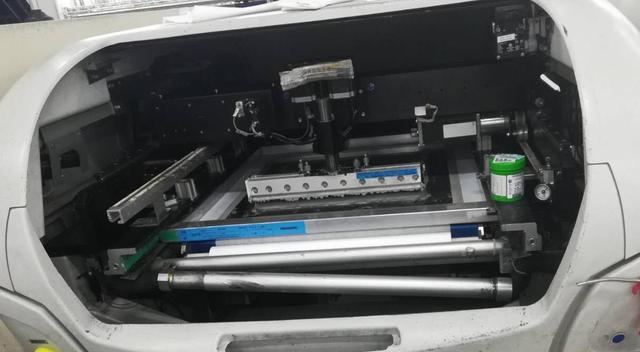
The entire pallet will be loaded with printed tin PCB through the conveyor track and flow into the next station. Then there is the SMT machine station that has been waiting for a long time. The components have been installed in the machine. At this time, the machine will be based on technology. The program is pre-written by the personnel, and the components are installed on the designated position of the PCB board. The installation process is actually like holding a sucker and sucking up the electronic materials from the feeder one by one. Put it on the PCB. Of course, the speed of this absorption is countless times that of humans, and the error will not exceed one twentieth of the size of the component.

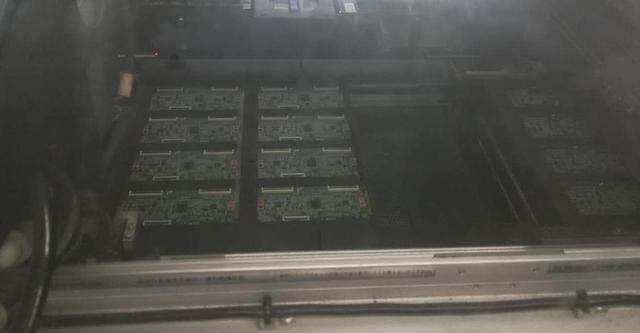
After the SMT machine has installed all the electronic components, the pallet will carry the PCB with the components installed and flow into the last station in the manufacturing process, the high-temperature reflow oven whose temperature is huge enough to melt the solder paste. Finally the melted tin will solder the components and PCB firmly.
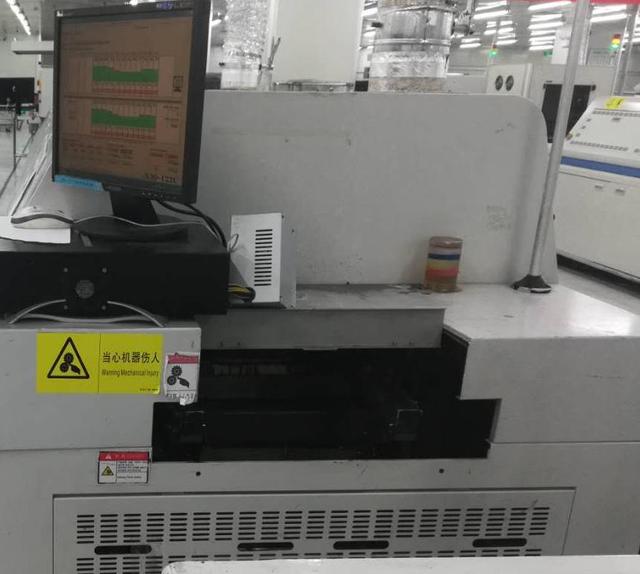
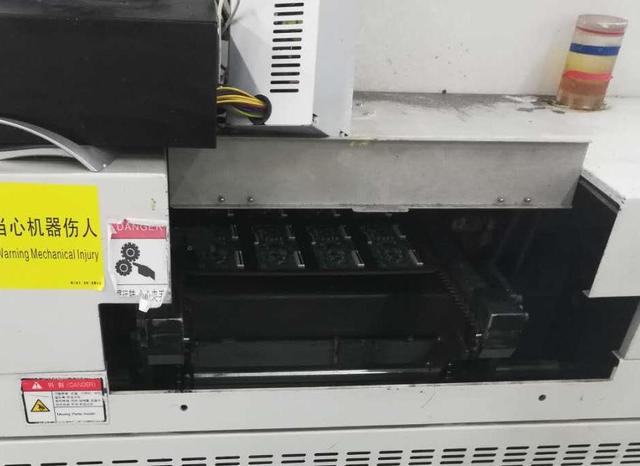
The temperature of the board flowing out of the reflow oven is relatively high so that it needs to be cooled by a cooling device before it can flow to the final optical inspection station. After this station is over, the manufacturing process of the electronic circuit board is basically completed. It is to inspect the manufactured circuit boards.
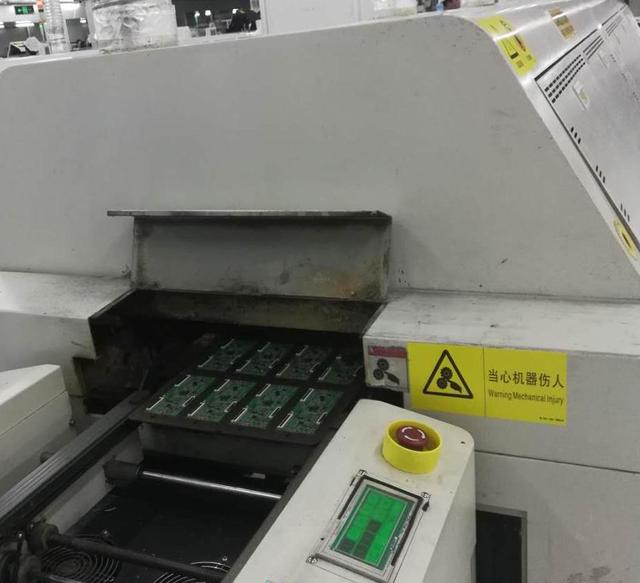
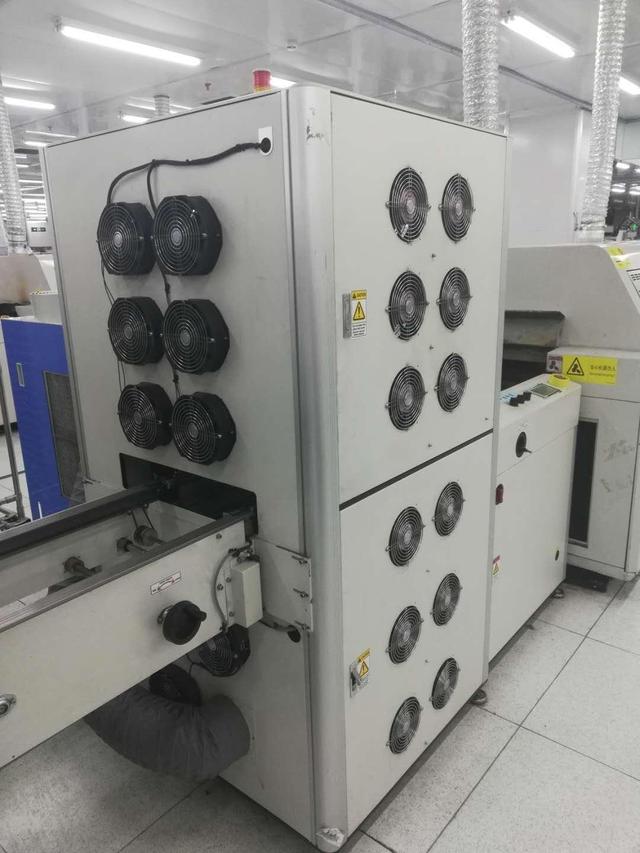
After cooling, the pallet carries the manufactured PCB board and flows into the optical inspection equipment for optical inspection to confirm whether the components and PCB are soldered well and whether there are defective products.
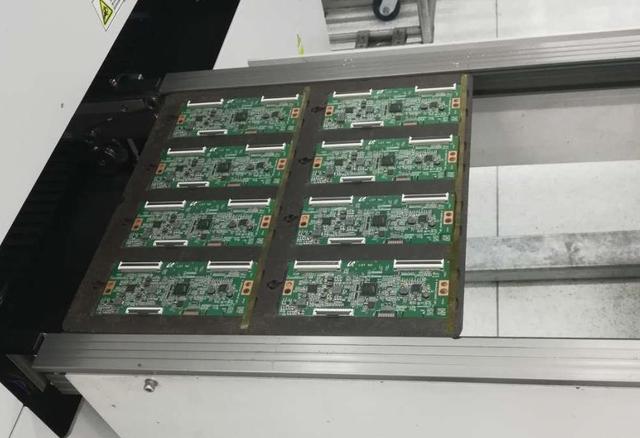
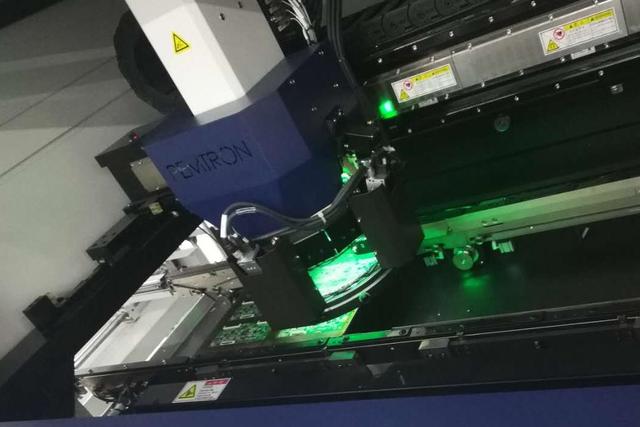
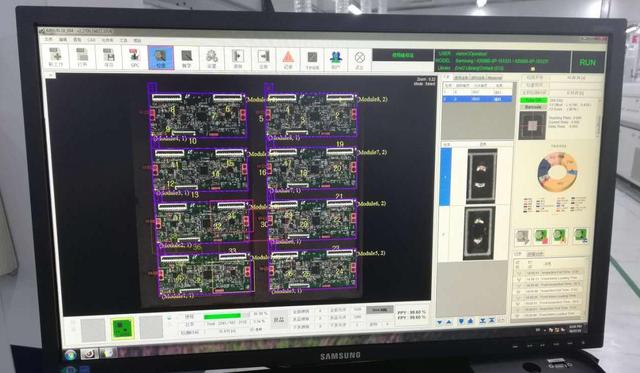
After the inspection of the optical inspection equipment is completed, a final visual inspection will be carried out, and the soldering status of the circuit board will be confirmed by an electronic magnifying glass.
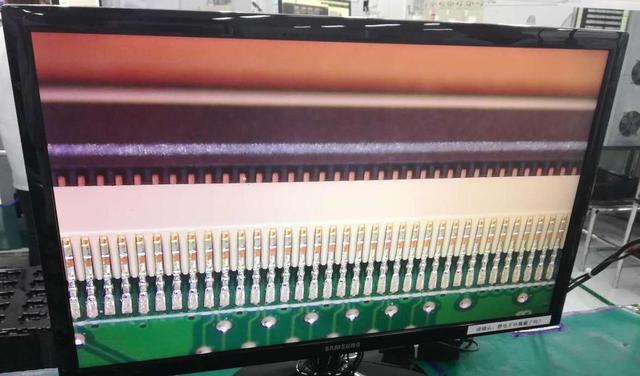
Finally, the operator at the end of the line will remove the checked circuit board from the pallet and put it into a special plastic tray. The entire production process ends.
